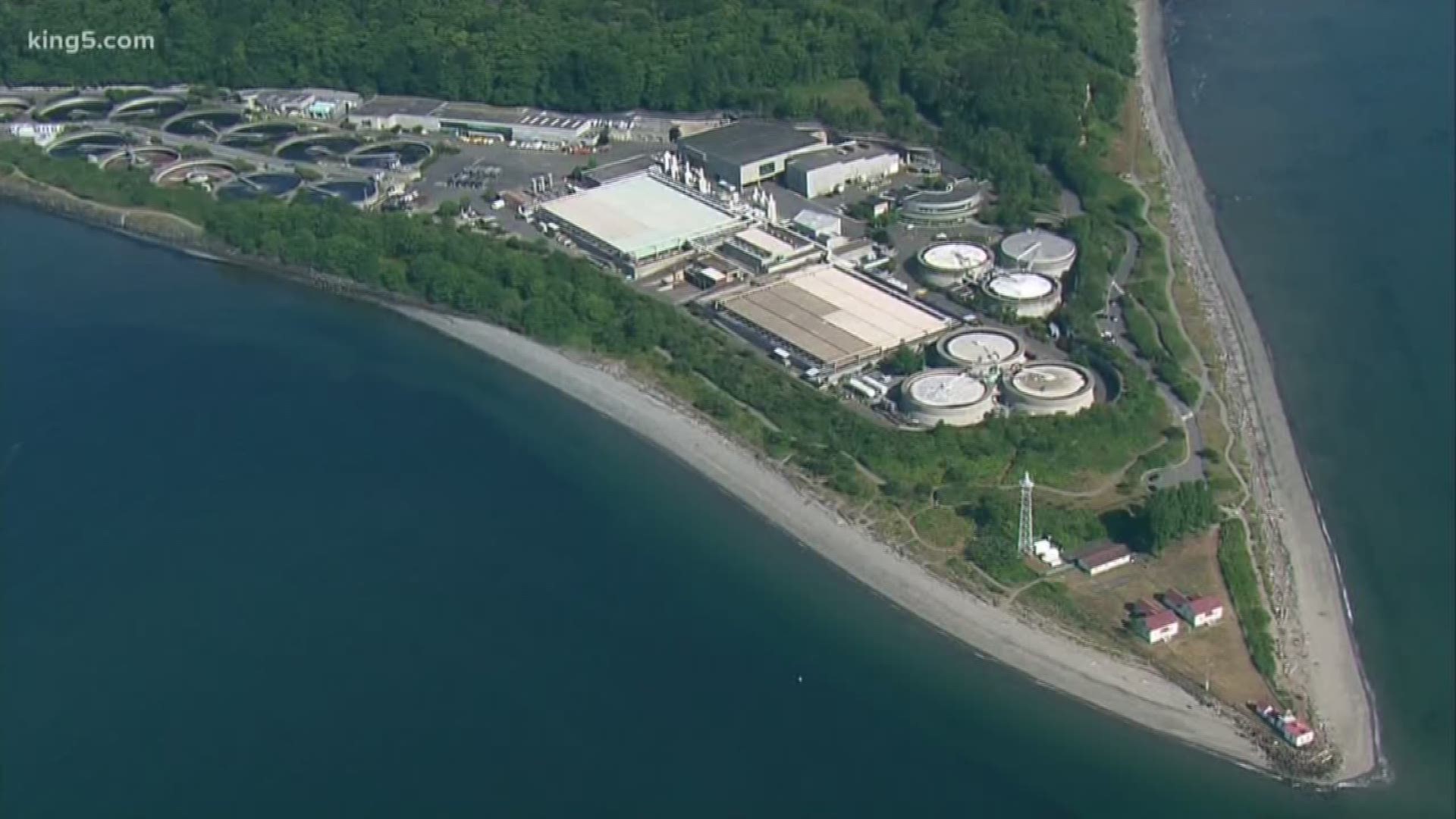After last week’s sewage spill from the West Point Wastewater Treatment Plant, many Washington residents may be wondering when it’s safe to swim at the beach. Before you set out in your flip-flops, you can check the Department of Health’s website to see if there are any closures or advisories you should know about. If you’re planning to collect shellfish, you should also check for marine biotoxin warnings.
The Washington State Department of Ecology’s Beach Environmental Assessment, Communication and Health (BEACH) program monitors 67 beaches in Washington state, mostly in Puget Sound.
“We look at which ones are most popular, and which ones are at highest risk,” said Julianne Ruffner, BEACH program manager.
Beaches are considered high risk for contamination when they are close to outflows, marinas, or sewage treatment plants. Most are sampled weekly, with samples collected at several locations on the beach and averaged to determine if they meet safety standards.
Samples are tested for enterococci — a fecal bacteria correlated with swimming-related illness. If the levels meet or exceed federal standards for safety, yellow “advisory” signs are posted at the beach recommending that you not swim in the water. Advisories remain in effect until the level of enterococci drops below the advisory threshold.
In the case of a sewage spill, beaches that might be affected are automatically closed with a red sign posted to warn the public not to swim.
After last week’s sewage spill, tests were conducted over the weekend, and the beaches re-opened Monday when the levels were under the standard, according to Hilary Karasz, spokesperson for Public Health – Seattle and King County. She says water tests after the spill were conducted by the King County Department of Natural Resources and Parks.
Beaches are monitored by the BEACH program throughout the summer starting a week before Memorial Day and ending a week before Labor Day. The program is funded federally through the Environmental Protection Agency.
The Washington State Department of Ecology releases information on how clean the water near public beaches was during the year. According to Ecology, officials issued fewer than two swimming advisories or closures at 96% of the 67 marine beaches sampled for harmful bacteria in 2018 – a 5% improvement over 2017.
In addition to checking for advisories online and looking for signs when you go the beach, Ruffner offered some general advice for preventing water-related illness: avoid putting your face in the water or swallowing it. Don’t swim near pipe or stream outflows, and avoid swimming for 24 hours after heavy rain. Shower after leaving the beach, and be sure to wash your hands before eating.
Kim Stark, senior water quality planner for King County, says that the county does its own year-round monitoring to follow trends in water quality and look for chronic high bacteria counts that might be harmful to aquatic life. Regarding the 2017 spill of 235 million gallons of untreated wastewater into Puget Sound, Stark said, “the initial impact was high bacteria levels, but it pretty rapidly went down after a few days.”
Today, six of the 67 beaches monitored by the BEACH program have swimming advisories: Walker County Park in Mason County, Priest Point Park and West Bay Park in Thurston County, Edmonds Marina Beach Park in Snohomish County, Freeland County Park/Holmes Harbor in Island County, and Little Squalicum Park in Whatcom County.
If you think you may have contracted an illness from a beach visit, let the BEACH program know.

